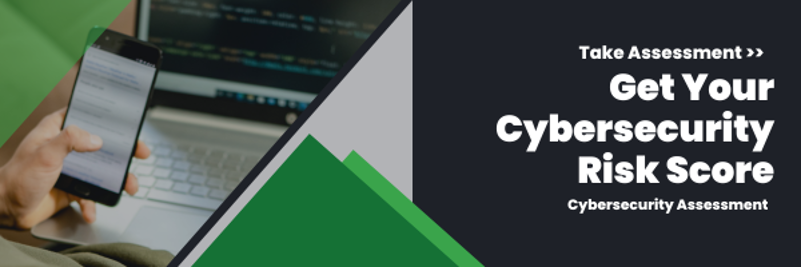Data has become one of the most valuable assets for modern businesses, no matter if it’s customer data, financial data or personally identifiable information (PII). Although companies invest heavily in defending against external threats and cyber threats, internal access to company data remains a significant yet often underestimated risk. Internal access, whether it stems from malicious intent or human error, can lead to data breaches, regulatory penalties and loss of trust with customers if not managed meticulously.
Let’s explore how internal access can become a security vulnerability and offer some practice strategies to mitigate these risks.
Read: All About Data: Management, Loss and Recovery
The Risks of Internal Access Gone Wrong
- Human error: Even the most well-meaning employees can make mistakes. Staff may inadvertently leak sensitive information by misconfiguring databases, falling for phishing attacks or mishandling data. For example, sending a file with confidential data to the wrong recipient or using unapproved shadow IT to store company information can compromise data.
- Privilege abuse: Users are sometimes granted excessive privileges to data, leading to misused or unauthorized access. This could involve downloading client data, accessing financial records without cause or even altering sensitive information.
- Insider threats: Disgruntled employees or those with malicious intent can deliberately leak or destroy data. Insider threats are difficult to detect and are often only discovered after significant damage has been done.
- Third-party access: Vendors, consultants and contractors often require access to internal systems to complete their tasks. Without strict controls, their access can become an attack vector, especially if their own security posture is weak.
Mitigating Internal Data Access Risks
The good news is that you are not powerless against these risks. You can take proactive steps to significantly reduce the risks associated with internal data access risks.
- Implement role-based access controls (RBAC): Ensure that employees only have access to the information necessary for their roles. Avoid granting admin-level privileges unless absolutely required, and regularly audit access levels to ensure they remain appropriate as roles evolve.
- Enforce the Principle of Least Privilege (PoLP): Limit data and system access rights for users to the bare minimum to perform their job functions. Avoid blanket access permissions. Like RBAC, regularly review and adjust privileges as roles change or employees leave the company.
- Monitor and log access: Monitor, log and analyze user activities for unusual patterns or unauthorized access, such as large data downloads or access outside of regular business hours. These suspicious activities should trigger alerts for further investigation so you can detect and respond to potential threats quickly.
- Deploy data loss prevention (DLP) tools: DLP software helps identify, detect and prevent unauthorized sharing, movement or use of sensitive data. This includes blocking emails with confidential information, monitoring file uploads and signaling potential data exfiltration.
- Conduct regular security training: Your employees are your first line of defense. Regular security awareness training helps employees recognize threats, understand safe data practices and stay updated on evolving company policies.
- Review and restrict third-party access: Conduct due diligence before granting access to vendors and contractors. Ensure contracts include clear security requirements. Require them to follow your security protocols and use VPNs to limit exposure.
- Enforce strong passwords and MFA: Implement multi-factor authentication (MFA) wherever possible, especially for access to sensitive systems and data. Enforce the use of strong, complex passwords and regular password changes.
- Follow the zero-trust model: The zero-trust model states that companies shouldn’t automatically trust anything, whether inside or outside the network perimeter. Instead, they should also verify identities and continuously monitor all network traffic.
- Air gap data: Air gapping is a security technique that isolates devices or networks to protect sensitive data and systems.
Read: Avoiding Data Loss, Recovery and Backup Problems
Protect Company Data with Thriveon
Internal access to company data is essential for daily operations, but without the proper controls, it can be a serious vulnerability. By implementing robust access management and cultivating a culture of security, businesses can significantly reduce the risks posed.
Another option is to partner with an award-winning managed service provider (MSP) like Thriveon. Our proactive cybersecurity services go beyond traditional security measures. We continuously monitor your system, identify potential threats and take preventive actions to ensure the safety of your data and the integrity of your operations, protecting your reputation and ensuring compliance with data protection regulations.
Schedule a meeting today for more information.

